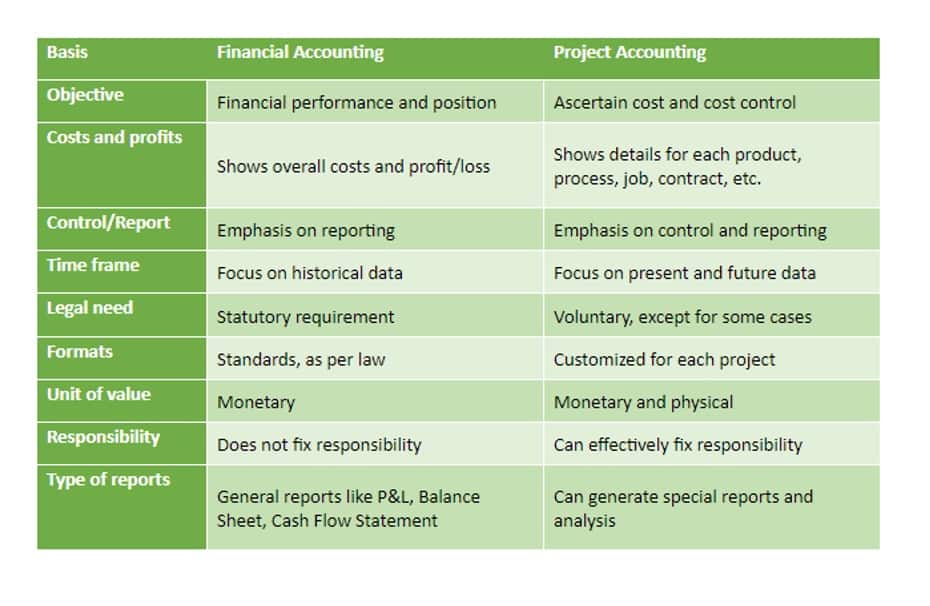Cost of Capital: What It Is, Why It Matters, Formula, and Example

Quickonomics provides free access to education on economic topics to everyone around the world. Our mission is to empower people to make better decisions for their personal success and the benefit of society. After enrolling in a program, you may request a withdrawal with refund (minus a $100 nonrefundable enrollment fee) up until 24 hours after the start of your program. Please review the Program Policies page Bookstime for more details on refunds and deferrals.
- Early-stage companies rarely have sizable assets to pledge as collateral for loans, so equity financing becomes the default mode of funding.
- The choice of financing method depends on the company’s financial strategy, the cost of capital, and the availability of funds.
- Our easy online enrollment form is free, and no special documentation is required.
- Explore Leading with Finance and our other online finance and accounting courses.
- The rules, treatment, and policies a company must follow when accounting for CapEx usually mirror Apple’s treatment.
- Market conditions, including the supply and demand dynamics of capital, investor sentiment, and prevailing interest rates, impact the cost-of-capital.
Overfunding drives the cost of capital

Cost of capital helps companies make better financial decisions, structure the capital cost definition capital more appropriately, and develop a better long-term financial strategy. Accurate calculation of cost of capital, such as through methods like WACC, CAPM, or DDM determines how current resources could be allocated to maximize the company’s assets today and in the future. Cost of capital which comprises debt, equity, preferred stock and other factors like interest rate and market conditions are the key determinants of a firm’s financial policy. In the present competitive business environment, effective management of the cost of capital is vital for sustained profitability and growth of the business in India.
How is Cost of Capital Used in Finance?

To buy a new asset or add value to an existing asset that will last for more than one tax year, a business must spend money, use collateral, or take on debt. Essentially, capital costs are one-time expenses paid for things used in the production of goods or service. A good example of a capital costs is the purchase of fixed assets, like new buildings or business tools. It could also include the costs of intangible assets, like patents and other forms of technology. Capital costs aren’t shown on a company’s income statement, but they are shown on the balance sheet.

Company’s Credit Rating
- This is especially relevant in India, where changing economic conditions and high borrowing rates could make it hard for companies to surpass their cost of capital.
- It is a critical aspect of financial management that directly impacts a company’s profitability, financial stability, and investment decisions.
- This evaluation helps in prioritizing investments and allocating resources efficiently.
- The tank of gas has a much shorter useful life to the company so it’s expensed immediately and treated as OpEx.
When a company takes on debt, it agrees to pay back the principal amount along with interest over a specific period of time. The interest rate is determined by factors such as the company’s creditworthiness and prevailing market conditions. By carefully analyzing and managing capital costs, companies can maximize their profitability. Capital costs directly impact a company’s bottom line by affecting its expenses and revenue generation. By minimizing unnecessary costs and optimizing asset utilization, companies can improve their profit margins and increase their overall financial performance. Certified Public Accountant Where wd, wp and we refer to the relative percentage of debt, preferred stock and common stock in the total target capital.
It refers to the costs involved in raising capital to support and expand a business. The cost of capital must be carefully calculated as it helps in making investment decisions, assessing financial risk and optimizing capital structure. Knowing about the various types of cost of capital and how to calculate it is crucial as it helps businesses maintain profitability, growth and gain competitive advantage, especially in dynamic market conditions.

Effortlessly streamline your business payments and collections
Operating expenses are shown on the income statement and are fully tax-deductible. Capital expenditures only reduce taxes through the depreciation they generate. CapEx is the investments that a company makes to grow or maintain its business operations. Capital expenditures are less predictable than operating expenses that recur consistently from year to year. A company that buys expensive new equipment would account for that investment as a capital expenditure.